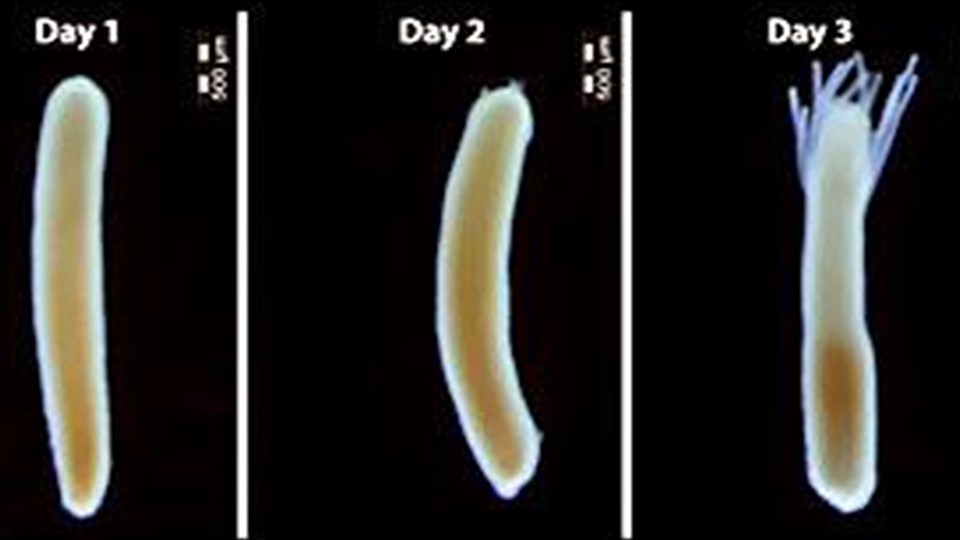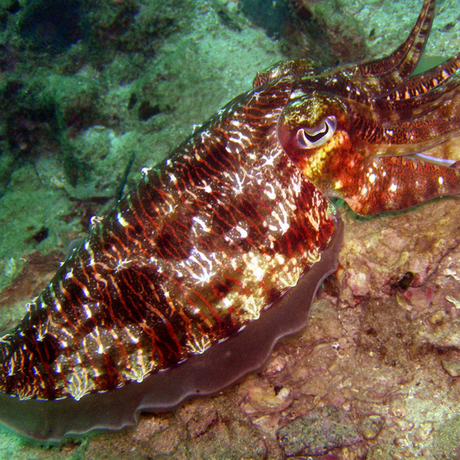To understand where our seafood will be found in the future, William Cheung and Miranda Jones of the University of British Columbia examined how 802 commercially important species of fish and invertebrates react to warming water temperatures, to other changing ocean properties, and to new habitats opening up at the poles. The researchers then matched the conditions under best- and worst-case IPCC (Intergovernmental Panel on Climate Change) climate change scenarios.
In the worst-case scenario, in which Earth’s oceans warm by three degrees Celsius by 2100, fish could move away from their current habitats and toward the cooler poles (both the Arctic and Antarctic) at a rate of 26 kilometers (16 miles) per decade. Under the best-case scenario, where Earth warms by “only” one degree Celsius, fish would move 15 kilometers (9 miles) every decade. This is consistent with changes in the last few decades, the researchers report this week in the ICES Journal of Marine Science.
“The tropics will be the overall losers,” says Cheung. “This area has a high dependence on fish for food, diet and nutrition. We’ll see a loss of fish populations that are important to the fisheries and communities in these regions.”
“As fish move to cooler waters, this generates new opportunities for fisheries in the Arctic,” says Jones. “On the other hand it means it could disrupt the species that live there now and increase competition for resources.”

